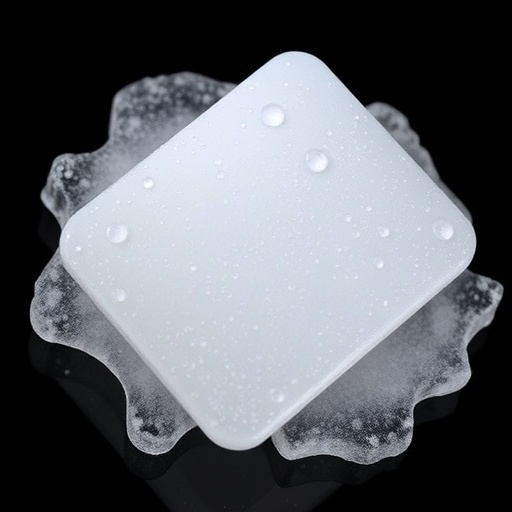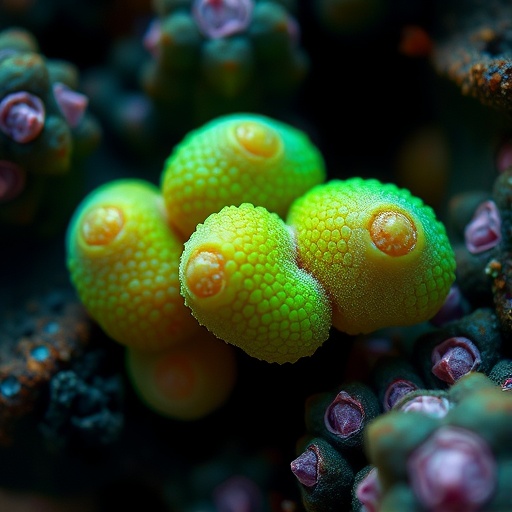Slippery covalently attached liquid surfaces, known commonly as SCALS, have been gaining significant attention in the scientific community for their remarkable properties and potential applications. This evolving area of materials science focuses on creating surfaces that exhibit liquid-like behavior while being firmly attached to solid substrates. These innovative materials are not just an intriguing curiosity; they promise practical applications in areas such as droplet-shedding, deicing, and antifouling. By examining these unique surfaces closely, researchers are beginning to unravel the complexities underlying their behavior and applications.
At the core of SCALS lies the unique combination of nano-thin polymer or oligomer layers that remain liquid at ambient temperatures. These layers are chemically bonded to a smooth substrate via covalent bonds, a trait that enhances their stability and performance. Despite their relatively simple concept, the development and replication of SCALS systems is laden with challenges. The subtleties involved in the preparation of these surfaces can drastically influence their physical properties and functional outcomes, necessitating meticulous attention to detail during their synthesis.
Current research has shown that polydimethylsiloxane (PDMS) is a popular choice for creating SCALS due to its favorable properties. When bound to silica surfaces using silane chemistry, PDMS provides a foundation for these slippery surfaces. However, the pathway to successful synthesis is not straightforward. Scientists must carefully control reaction conditions, such as temperature, solvent, and reactant ratios, to fine-tune the characteristics of the resultant SCALS. This meticulous control significantly impacts their apparent performance and reliability.
The body of literature surrounding SCALS is extensive, but reproducing past results remains a challenge. Multiple studies highlight variations in methods, leading to discrepancies in observed phenomena. To address this issue, recent initiatives aimed at streamlining the preparation of SCALS have emerged. Notably, a collaborative effort among researchers from three different laboratories across the globe aimed to reproduce various synthetic methods. This approach underscored the importance of understanding the nuances of fabrication techniques and their implications on material properties.
During their investigations, the researchers compared the advantages and disadvantages of different preparation protocols. Critical parameters such as reaction time, environmental conditions, and the chemical purity of starting materials were meticulously scrutinized. By engaging in this comparative analysis, they were able to identify key aspects that contribute to effective, reproducible SCALS production. This pursuit of reproducibility is pivotal in advancing the field further and establishing standardized methodologies.
The characteristics of SCALS, including their droplet-shedding and antifouling capabilities, are inherently linked to the molecular architecture of the polymer layers. SCALS’ inherent slipperiness originates from the unique interactions at the surface level, allowing droplets to maintain dynamic behavior as they interact with solid surfaces. Researchers have argued that understanding these interactions is essential for optimizing SCALS for real-world applications, from reducing ice formation on aircraft wings to creating self-cleaning surfaces.
In their synthesis, utilizing PDMS as the primary component allows the researchers to explore the outcomes of varying molecular weights and crosslinking densities. These variations directly influence the mechanical stability and efficacy of the slippery surfaces, as polymer chain length and branching can significantly alter surface characteristics. Further exploring the thermodynamic properties of these surfaces reveals essential insights into their wetting behavior. The ability to modulate surface energy through chemical alterations remains an important development focus.
The practical implications of SCALS are vast; one of the most exciting applications is their potential in anti-icing and deicing technologies. Droplets that form on these surfaces are less likely to freeze, providing a potential solution for mitigating ice buildup in various environments. This capability could revolutionize industries from aerospace to energy, where ice accumulation poses significant risks and operational challenges.
Moreover, antifouling applications present another promising avenue for SCALS. The slippery nature of these surfaces reduces the ability of biological organisms to adhere firmly, thus minimizing fouling and biofilm formation. This property holds implications for marine environments where hull fouling adversely affects vessel performance and energy efficiency. The versatility of SCALS extends to urban applications as well, where they can potentially be used to create self-cleaning building facades that repel dirt and grime.
Yet, the road to widespread implementation of SCALS technologies remains complex. The consistency of results across different research settings underscores the critical need for standardization in synthesis practices. By fostering collaboration and communication among laboratories, scientists can better share knowledge and practices, thus paving the way to more dependable SCALS.
In conclusion, SCALS represents a thrilling frontier in materials science, intertwining a rich tapestry of both fundamental science and applied research. As understanding of these surfaces deepens, so too does the potential for transformative applications across multiple sectors. With ongoing collaborative research, the future of SCALS appears bright, heralding a new era of protective, effective, and innovative materials poised to impact our daily lives profoundly.
These surface innovations could set new standards in material performance and functionality. As researchers continue to push boundaries in this field, the journey is not just about creating new materials; it is about reshaping perceptions of what surfaces can achieve in our technology-driven world. Engagement with SCALS research not only fosters advancements in science but also inspires a reevaluation of everyday materials and their interactions in various environments.
Ultimately, the exploration of slippery covalently attached liquid surfaces stands as a testament to human creativity and the relentless pursuit of knowledge in science. As we forge ahead, harnessing the captivating properties of SCALS could unlock engineers’ and scientists’ untapped potential that changes our interaction with the physical world, leading to dynamic applications we have yet to imagine.
Subject of Research: Slippery Covalently Attached Liquid Surfaces (SCALS)
Article Title: Comparing methods for preparing slippery liquid-like polydimethylsiloxane coatings.
Article References:
Gresham, I.J., Barrio-Zhang, H., Cho, J.H. et al. Comparing methods for preparing slippery liquid-like polydimethylsiloxane coatings. Nat Protoc (2025). https://doi.org/10.1038/s41596-025-01253-6
Image Credits: AI Generated
DOI:
Keywords: SCALS, polydimethylsiloxane, slippery surfaces, antifouling, anti-icing technologies, material science, wetting phenomena, synthesis, reproducibility.
Tags: advanced materials for functional surfacesantifouling surface technologieschallenges in SCALS synthesiscovalent bonding in materials sciencedeicing material innovationsdroplet-shedding coatingsliquid-like behavior in solid substratesnano-thin polymer layersPDMS and silica surface interactionspolydimethylsiloxane SCALS applicationsslippery covalently attached liquid surfacessurface stability and performance





